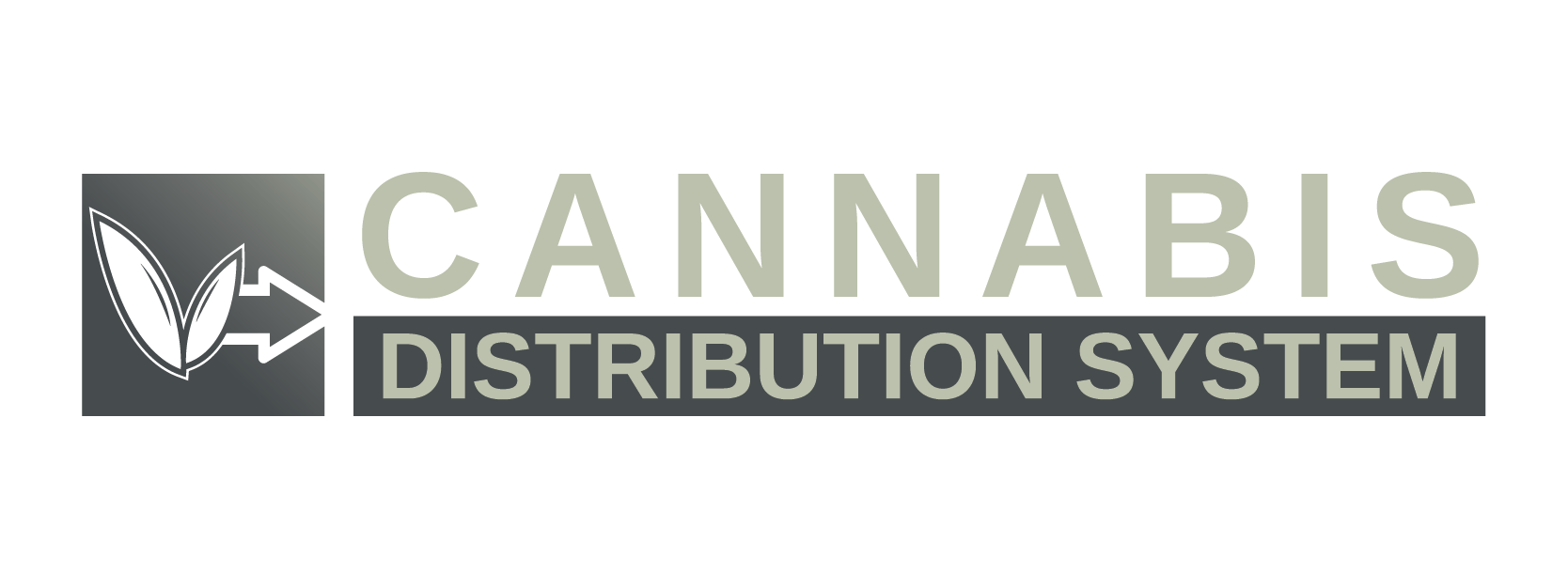Smart Printing and Digital Manifests
From cultivation rooms to delivery trucks, every product must pass through a meticulous series of checkpoints, each requiring accurate documentation and strict compliance. At the heart of this process are two critical automation tools: automated label printing and automated manifest generation. Together, they ensure a smooth, traceable, and compliant transfer of cannabis products from grow houses to distributors.
Automating Label Printing at the Source
In a cultivation facility, the automation process starts as early as the propagation phase. With RFID tagging or barcode labeling systems linked to seed-to-sale software such as METRC, BioTrack, or Canix, growers can automatically generate plant tags that track the plant’s lifecycle from clone to harvest.
Once cannabis is harvested and processed into packaged goods—whether flower, pre-rolls, extracts, or edibles—the next automation layer kicks in: automated label printing systems. These systems pull real-time data from the inventory management platform and print labels dynamically based on each product’s specifications.
Here’s how it works:
- Each packaging station is connected to a thermal or laser printer, which is synced with a central inventory database.
- As staff input the product SKU or scan a batch barcode, the system automatically generates a label that includes all legally required data: strain name, potency, batch ID, harvest date, manufacturing date, testing results, warning symbols, QR codes, and state-mandated logos.
- Smart printing queues optimize the layout depending on package size or container type (e.g., mylar bags, glass jars, vape cartridges), eliminating the need for reformatting or manual adjustments.
More advanced automation platforms use label templates with dynamic fields—meaning a single template can adapt to thousands of product variations without needing manual intervention. Integrated compliance rule engines also prevent staff from printing a label unless all regulatory fields are complete and validated.
Manifest Generation: Fully Automated and Integrated
The next critical step in the chain is transport. Cannabis laws in states like Massachusetts, California, and Colorado require every shipment from one licensed entity to another to include a transport manifest. Without it, the transfer is illegal.
Automated manifest generation tools streamline this compliance-heavy process:
- Once a shipment is built in the inventory system (e.g., 50 units of OG Kush, 30 pre-rolls of Gelato), the manifest software auto-fills key shipment details using previously entered data.
- It pulls the sender and receiver license numbers, product types, weights, batch IDs, lab certifications, and driver and vehicle details.
- The completed manifest is then automatically submitted to state tracking platforms like METRC or Leaf Data Systems for approval.
- Upon acceptance, the system prints a hard copy for the driver, while a digital version is sent to the receiving distributor’s system for inbound inventory preparation.
This entire process, which once required 30–60 minutes per shipment, can now be completed in under 5 minutes using fully automated solutions.
Enhanced Visibility and Error Prevention
Automation doesn’t just speed things up—it prevents costly mistakes. Many systems include validation checkpoints that flag discrepancies between actual inventory and intended shipment, preventing mislabeling or incorrect loading. AI-enhanced platforms can even flag suspicious activity, such as duplicate batch IDs or misaligned THC potency claims.
When paired with automated RFID or GPS scanning, the system can confirm that products remain within approved transport routes and notify operators if tampering or rerouting occurs. Real-time dashboards allow supply chain managers to monitor every phase of a shipment, from label print time to final delivery scan.
A Foundation for Scalable Compliance
For cannabis businesses looking to scale operations or expand into multi-state operations, these automation tools form the backbone of a repeatable, auditable, and compliant distribution model. Whether managing one grow site or multiple fulfillment hubs, automated label printing and manifest generation reduce labor costs, eliminate paperwork confusion, and maintain full alignment with evolving regulations.
In the end, automation is not just about convenience—it’s about building a resilient cannabis logistics ecosystem that can adapt to growth, change, and oversight. From the moment a plant is harvested to the second it reaches a distributor’s dock, automation ensures every detail is accurate, secure, and compliant.

